Review: The Bengal Files
Direct Action Day and the Naokhali killings in Bengal 1946 are the key events of this film that keeps a tight grip over 200 minutes of narration.
.jpg) Poster of the film. / Facebook
Poster of the film. / Facebook
By Bulbul Mankani
Some films open us to events in history that have been erased from public memory.
The Bengal files is a difficult film to watch but an important one because it addresses the suppressed generational trauma of the events in 1946-1947. It balances the stories we know from the Partition in northern India with events that preceded it by a year in the eastern India.
The accounts we know mostly feature a bloody migration in the North-western India but the eastern story is a blurred one and gave a shape of things to come- a warning unheeded by the British and the Indian national congress.
Direct Action Day and the Naokhali killings in Bengal 1946 are the key events of this film that keeps a tight grip over 200 minutes of narration. It intersperses between a present day CBI investigation into a missing young lady- journalist named Sita and the discoveries the officer unearths, as he is pushed against the wall by both the political mafia and his own superior. His investigation opens corridors of memory of a vibrant Calcutta torn asunder and the amnesia that followed after independence.
The horror began a year before Independence Day on August 16, 1946, when a crafty
Suhrawardy (Butcher of Bengal) ensured Jinnah’s call for Direct Action day turned bloody while the Hindus were caught unaware. The killings are hard to watch but sadly they are historically accurate. The director Vivek Agnihotri spoke of video testimonials of the survivors of both events and the research through 500 books and reports of the period to create these scenes.
Gandhi (played by Anupam Kher) is shown in grey shades- he shares his innocent non violent vision with young Bharati but also expects women to defend themselves from evil men with Sati practices. This is a different Gandhi, more human, more helpless and far less a Mahatma.
Jinnah is closer in character to the public image- dapper, ruthless and shrewd.
The story weaves in an out of heroic Hindus defending their people and masochistic Muslims massacring Hindus in ways that seem bizarre - a body being ripped apart by two motorcyclists speeding in opposite directions (apparently in truth they were ripped by horses)
Another visual that makes truth seem stranger than fiction, comes from photographic records in Amrita Bazaar Patrika and International magazines like Life, Time. In fact the vultures scene is a replication of images shot by Margaret Bourke-White who is seen at work fleetingly through the street carnage.
Amidst all the political drama then and now, some allegorical characters create the linkages. Ma Bharati (played by Pallavi Joshi) ancient and ridden with dementia is the voice of the once Sonar Bangla- the lighthouse of India- now living in fear of erasure. She tells a story to the protagonist Shiva Pandit (Darshan Kumar) that gives depth to the film- about how the rakshak (demon) and the devta (god) are the same person and we vacillate between our fear and faith for the same entity.
Vivek Agnihotri’s style is direct, often in your face, the dialogues hard and crisp and he goes for lighting angry flames in the audience without hesitation. Yet the music is nuanced- songs from Baul tradition by Parvathi are soul stirring and the Bengali song by Dwijendralal Roy -Dhana dhanaya pushp bhara - is shown with such joy capturing the artistic splendor of this land.
The sanctity of the divine feminine celebrated and sadly it’s desecration follows soon after. Production design and sound design create the period authentically
The film is bound to tickle a hornets nest- it has all the elements for a public debate, exposure of history that suppressed these events which indicts the powers and incites you to respond with strong emotions. Already the FIR’s are pouring in- they will both fan interest in the film and keep the screenings contentious.
The films comes to the screens on Sep.5, 2025.
ADVERTISEMENT
ADVERTISEMENT
E Paper
Video



1759953093.png) Staff Reporter
Staff Reporter
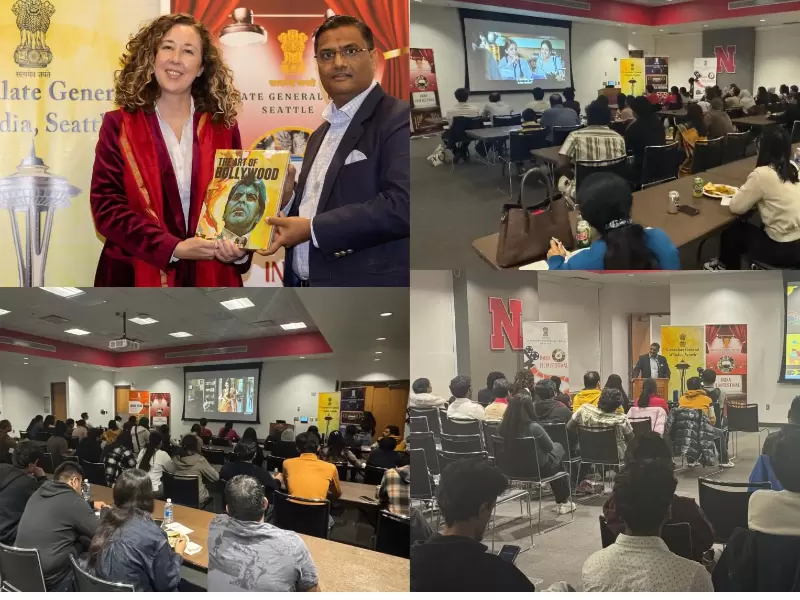

.jpg)
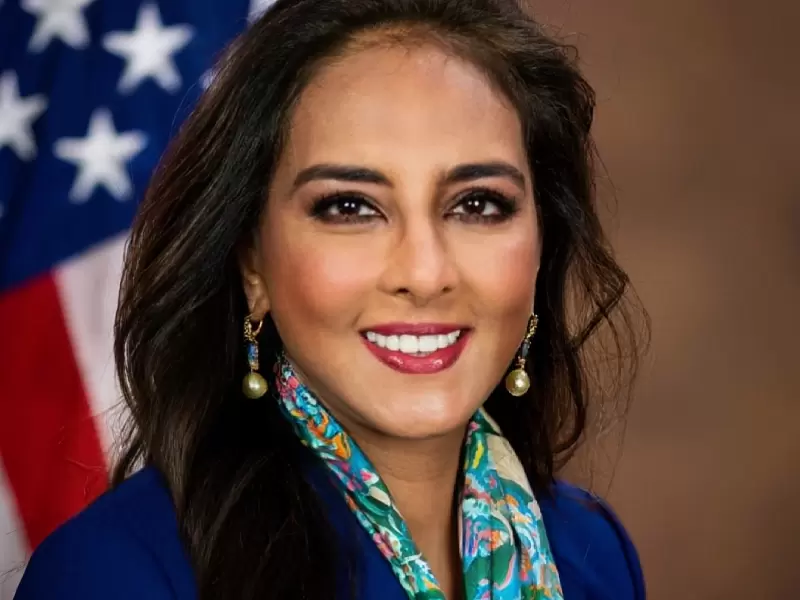



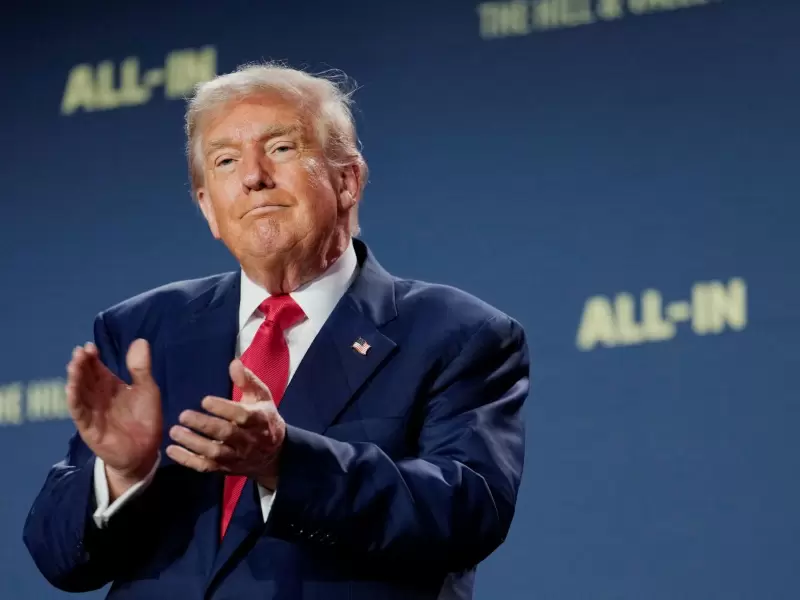
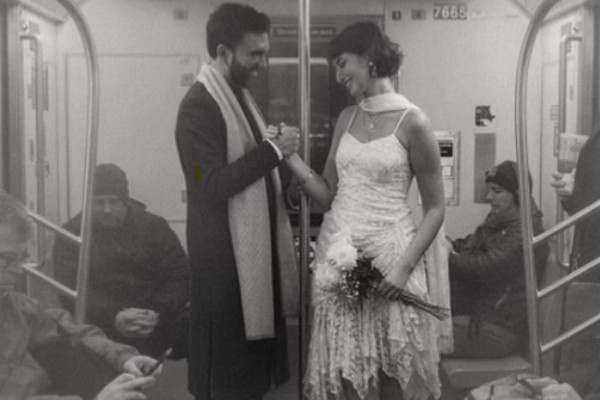

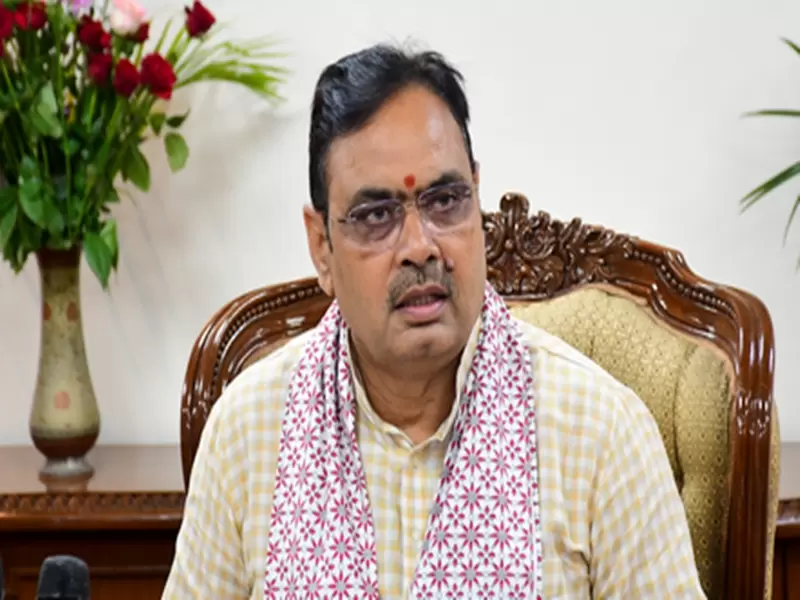

Comments
Start the conversation
Become a member of New India Abroad to start commenting.
Sign Up Now
Already have an account? Login